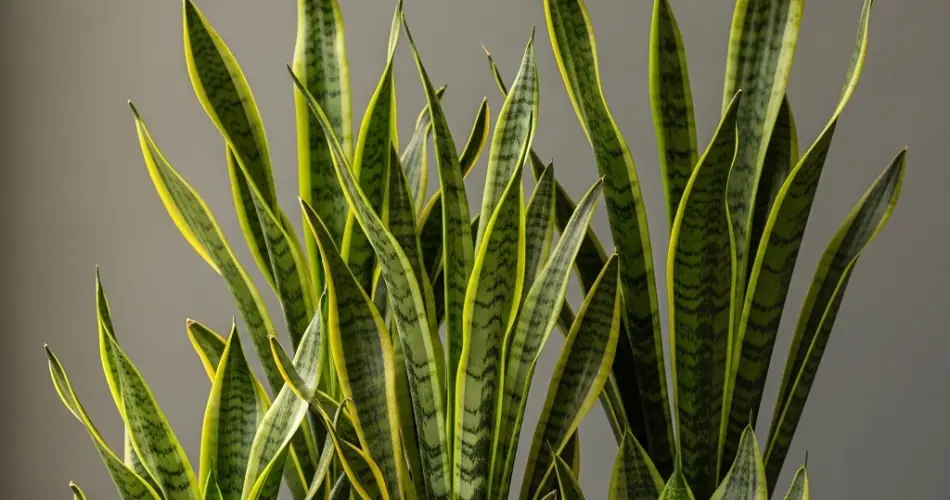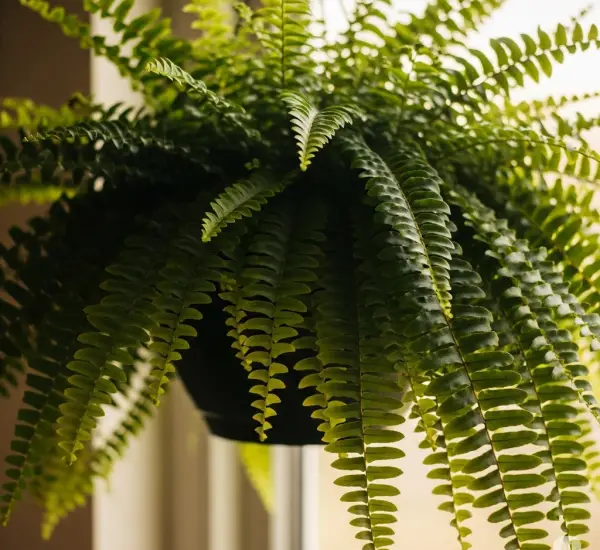Snake plants (Sansevieria), also known as mother-in-law’s tongue, are some of the most low-maintenance and adaptable houseplants. Their stiff, upright leaves and striking patterns make them a popular choice for homes and offices alike. While snake plants are known for their toughness, using the right soil and pot is crucial for keeping them healthy and preventing issues like root rot or stunted growth.
This guide covers everything you need to know about choosing the best soil and pots for snake plant success.
Why Soil and Pot Matter
Snake plants naturally grow in arid regions where the soil is gritty, loose, and drains quickly. If you pot your snake plant in heavy, water-retaining soil, the roots can suffocate and rot. Similarly, an unsuitable pot without drainage can cause water to accumulate at the bottom, leading to fungal problems.
To help your plant thrive, replicate the natural conditions as closely as possible: loose, fast-draining soil in a well-ventilated pot that allows excess moisture to escape.
Best Soil for Snake Plants
The ideal soil mix for a snake plant drains fast, doesn’t hold excess moisture, and still offers enough structure to support the roots. Here are the components and tips for making or buying the right soil:
1. Cactus or Succulent Potting Mix
A high-quality cactus or succulent mix is a great off-the-shelf option. These mixes are typically made from a combination of:
-
Coarse sand
-
Perlite or pumice
-
Peat or coconut coir
This blend allows for fast water drainage while still retaining just enough moisture for the roots.
2. DIY Snake Plant Soil Mix
If you prefer to create your own mix, combine the following:
-
2 parts all-purpose potting soil (free from moisture-retaining additives)
-
1 part coarse sand or horticultural grit
-
1 part perlite or pumice
This mix creates an airy, well-draining medium that closely mimics a snake plant’s native environment.
3. Avoid Moisture-Retaining Soils
Stay away from soil that contains vermiculite or high levels of peat moss, as these materials retain water and can lead to soggy roots. Always check the label before purchasing a premade mix.
Best Pots for Snake Plants
The type of pot you choose plays a major role in your snake plant’s health. Here’s what to consider:
1. Drainage Holes Are Essential
The number one rule: never use a pot without drainage holes. Excess water must be able to escape. If you love a decorative pot without holes, place the snake plant in a plastic nursery pot with drainage inside the outer container, and remove it when watering.
2. Choose the Right Pot Material
Each material offers benefits and drawbacks:
-
Terracotta pots: Excellent choice for snake plants. The porous clay allows moisture to evaporate quickly, reducing the risk of overwatering. They’re heavy, which helps stabilize tall snake plants.
-
Ceramic pots (with drainage holes): Stylish and functional, but less breathable than terracotta.
-
Plastic pots: Lightweight and retain more moisture, which may be a problem if you tend to overwater.
If your home is dry and you’re a careful waterer, plastic or ceramic can work. For beginners or those in humid climates, terracotta is more forgiving.
3. Correct Pot Size
Snake plants like being slightly root-bound. Avoid choosing a pot that’s too large, as it will hold excess soil and moisture. When repotting, choose a pot only 1–2 inches wider than the current one.
Signs Your Soil or Pot Needs Changing
Watch for these warning signs that your soil or pot may be causing issues:
-
Yellowing or mushy leaves: Often a sign of overwatering or poor drainage.
-
Foul smell from the soil: Indicates root rot or fungal growth due to trapped moisture.
-
Slow or no growth: While snake plants are naturally slow growers, compacted soil or poor aeration can stunt growth further.
-
Soil dries too slowly: If the top layer is still wet days after watering, your mix may be too dense or the pot may be poorly draining.
In any of these cases, repot your snake plant with a fresh, well-draining soil mix and ensure the new container has proper drainage.
Tips for Watering with the Right Soil and Pot
-
Water only when the top 2–3 inches of soil are completely dry.
-
In winter, reduce watering even further.
-
Always empty saucers under the pot after watering.
-
Consider bottom watering for a deep soak without wetting the foliage.
Conclusion
Choosing the right soil and pot for your snake plant can make a big difference in its health and appearance. Prioritize fast drainage, breathable containers, and proper pot sizing to prevent root problems and keep your plant thriving. With just a little attention to these details, your snake plant will reward you with years of easy-care beauty.



